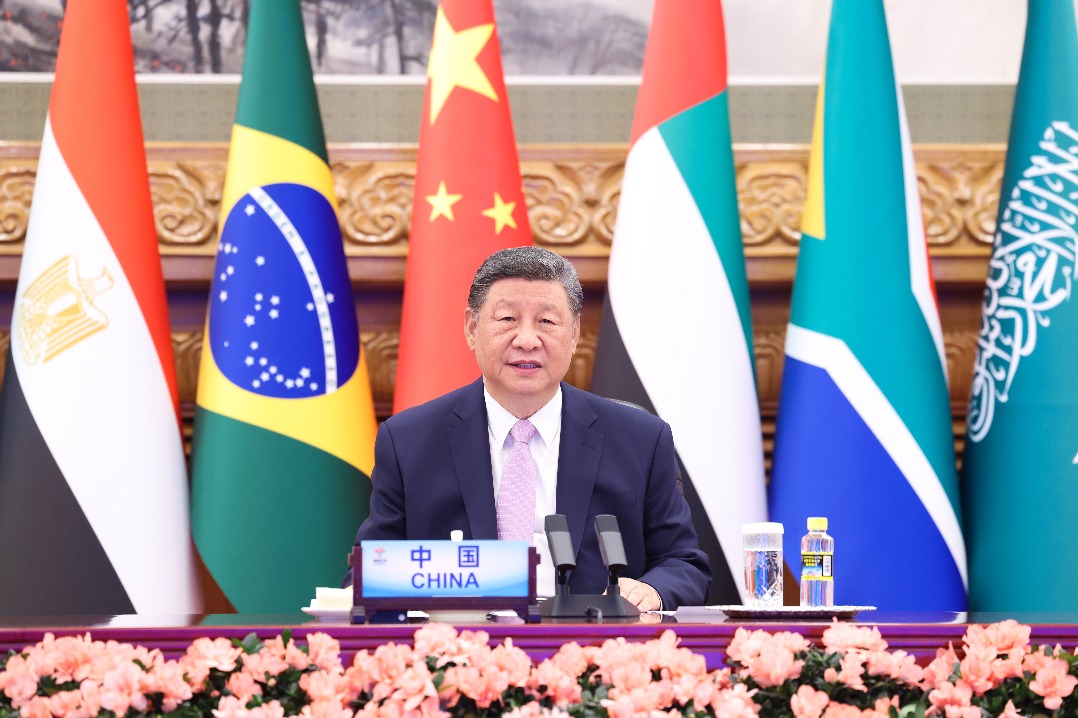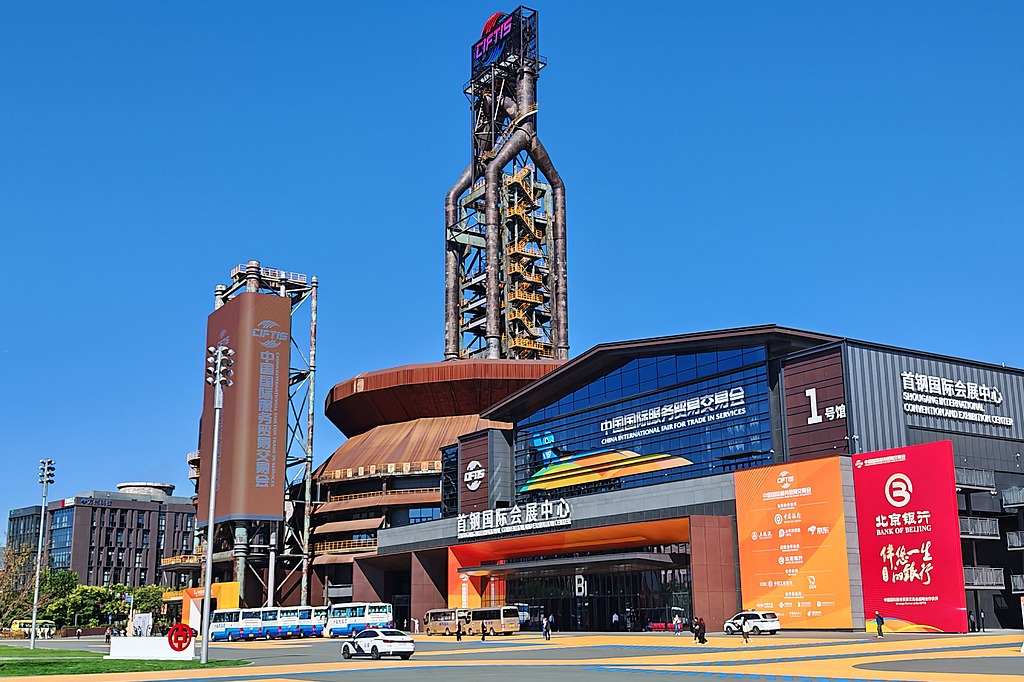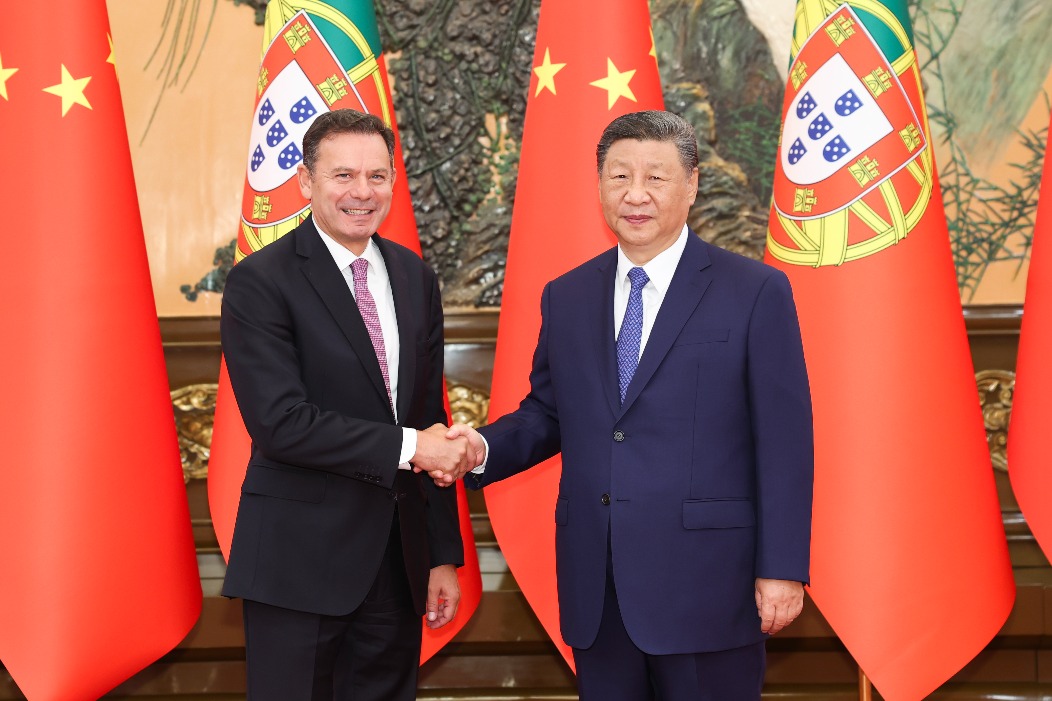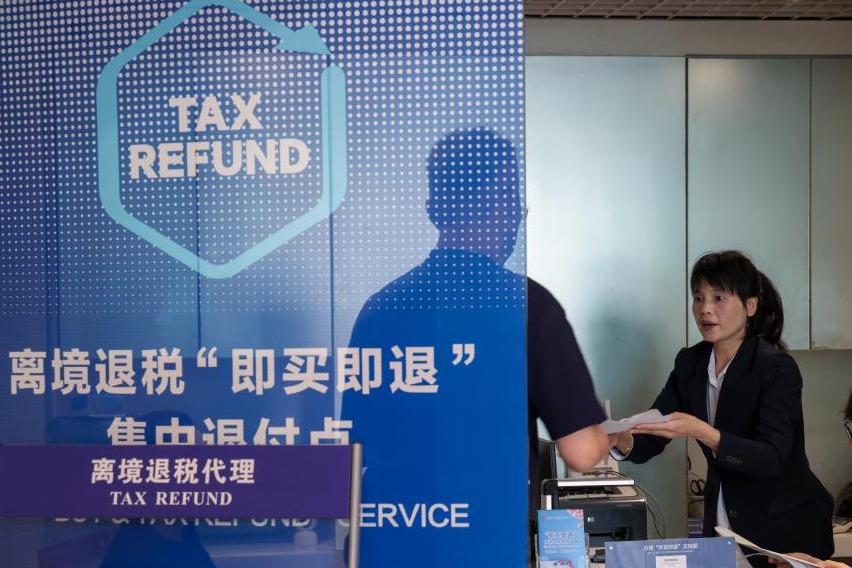'U-shaped' pattern in economic growth

In recent years, China's economic growth has exhibited a "U-shaped" pattern, with strong momentum in the first quarter, slight pressure in the second, growing downward pressure in the third and a rebound in the fourth.
This trend is largely driven by slower domestic momentum and rising external headwinds. The first quarter benefits from early implementation of fiscal and monetary stimuli, along with accelerated projects launched by local governments and State-owned enterprises.
In the second quarter, growth tends to slow due to soft domestic demand and external shocks. Major policy easing introduced in the third quarter helps lift growth for the remainder of the year.
In the first half of 2025, China's economy remained broadly stable. But the economy faces increasing pressure in the second half, with full-year growth likely showing a "U-shaped" pattern.
Risks in the second half include the fading effect of consumption subsidies, a drag from property weakness and reduced fiscal wiggle room.
In detail, in the first half, the global political and economic landscape shifted rapidly. Rising protectionism and geopolitical tensions increased global uncertainty. Despite headwinds from the US tariff war, a deep property correction and fierce domestic competition, China's economy managed to hold firm.
The GDP rose 5.4 percent year-on-year in the first quarter, delivering a strong start. Growth likely remained above 5 percent in the second quarter, even as Washington ramped up tariffs on Chinese goods.
Several factors supported growth. Consumer spending rebounded on the back of goods trade-in campaigns. Manufacturing investment remained high due to large-scale equipment upgrades. Front-loaded fiscal spending fueled infrastructure growth. Exports remained resilient thanks to front-loading and transshipment.
These trends were underpinned by supportive policies focused on new infrastructure and urbanization, and faster bond issuance from both central and local governments helped boost the economy.
In addition, fiscal policy turned more proactive, with faster bond issuances and spending growth outpacing revenue. From January to May, combined general public and government fund revenue stood at 11.2 trillion yuan ($1.56 trillion), down 1.3 percent year-on-year.
However, the foundation for recovery in the second half remains fragile as internal and external uncertainties grow.
Following a high-level meeting last September and stronger efforts to tackle property and local debt issues, public focus has shifted toward tariffs and domestic demand.
Property and local government debt remain the two key challenges facing the economy. Real estate is still adjusting and affects household spending, business investment and local revenues.
Local governments account for 86 percent of total public spending and play a central role in policy implementation. Their capacity and willingness to act will shape the nature and effectiveness of the overall recovery.
Also, the tariff war could start to weigh on exports. US tariffs on Chinese goods remain high.
The US is also targeting Southeast Asia and Mexico to block transshipped Chinese goods. This could slow global growth and hurt Chinese exports. Some countries may follow the US playbook and stir up trade frictions to defend their own interests.
Second, stimulus-fueled consumption may lose steam. In the first half, goods trade-in programs boosted sales of appliances, furniture and electronics. But these effects may fade amid higher base comparisons and weakening multiplier effects.
Stimulus for durable goods typically lifts short-term demand, but may front-load future consumption. Falling home prices could hurt household confidence and reduce spending. Pay cuts, tight budgets and cautious public spending also pose risks.
Third, the property correction is far from over. Sales and investment declined in May. New and secondhand home prices in cities like Guangzhou and Shenzhen, Guangdong province fell once again.
Developers are under pressure to cut prices. Distressed sales and auctions have depressed prices further. More listings of idle or rental homes have added supply and weakened confidence. While demand for upgraded housing remains, it is creating pressure on existing home prices.
Fourth, local fiscal conditions remain tight. Front-loaded spending helped sustain growth in the first half, but limited room for improvement remains.
Fifth, weak prices continue to drag on recovery. In June, the consumer price index rose 0.1 percent year-on-year, hovering near zero for a second straight year. Producer prices fell 3.6 percent, the 33rd straight month of decline. Low prices weigh on corporate revenue, household incomes and government tax receipts, creating a gap between macro data and micro experience. This hampers confidence and slows the pace of recovery.
In the face of deepening and increasingly complex global economic challenges, China should avoid resorting to massive stimuli or excessive liquidity injections. Instead, policy should prioritize stabilizing growth while promoting structural upgrading and transformation. To address both cyclical and structural problems, macroeconomic policy ought to focus on expanding domestic demand, improving supply-side efficiency and cultivating new drivers of growth.
On the fiscal front, a more proactive policy stance is advisable, with greater intensity and improved efficiency. This may include larger-scale issuances of special local government bonds, temporary tax and fee reductions, and enhancements to the tax credit refund system to alleviate burdens on businesses. Budgetary spending should be better targeted to safeguard essential areas such as people's livelihoods, local fiscal capacity and the implementation of major projects.
Monetary policy, meanwhile, should remain prudent but become more targeted and flexible. While maintaining reasonable liquidity, the central bank could consider further reserve requirement ratio cuts, interest rate guidance and better transmission mechanisms to ensure credit flows to where they're needed most. Priority should be given to supporting smaller businesses, green initiatives and technological innovation. Structural tools such as re-lending and rediscounting can be used to strengthen financing in critical and underserved sectors.
Industrial and structural policy should continue to deepen supply-side structural reforms and speed up the development of new quality productive forces. It is important to ensure smooth logistics, a secure energy supply, more investment in manufacturing and infrastructure, and transformation and upgrading of traditional industries. Innovation should be leveraged to fortify industrial chains, and the digital economy should be developed at a faster pace.
To expand domestic demand, efforts must be made to unleash consumption potential and guide investment rationally. Policies should focus on boosting household incomes, encouraging consumption in key areas such as automobiles and electronics, and stabilizing housing-related spending. On the investment front, private capital should be better mobilized and supported, while ensuring that government-led investment is efficient and sustainable.
In foreign trade and investment, high-level opening-up must continue. Policies should aim to stabilize trade and foreign capital inflows by enhancing the overall business environment. This involves expanding market access, refining the negative list mechanism, improving services for foreign businesses, and promoting the development of high-standard free trade zones and ports. Greater participation in global economic governance and pursuit of high-standard free trade agreements should also be part of the agenda.
Employment and income policy should remain a cornerstone of macroeconomic strategy. In particular, large-scale vocational training programs should be expanded, flexible forms of employment encouraged and public employment services optimized. Entrepreneurship should be supported, especially for key groups such as recent college graduates and migrant workers. Efforts to raise incomes — particularly in rural areas — should be advanced through rural revitalization programs and inclusive financial services.
Finally, risk prevention must always be a priority. While supporting growth, China should strengthen monitoring and early warning systems in areas such as local government debt, real estate, small financial institutions and shadow banking. The goal should be to strike a balance between stabilizing expectations, preventing systemic risks, and pushing forward reforms in a gradual and orderly way.
In summary, while China's economy faces some pressure in the second half, its strong resilience, vast domestic market and comprehensive industrial chain provide a solid foundation to withstand external challenges. The key lies in staying focused on managing its own affairs well. By deepening reform and strengthening macro policy adjustments, China can effectively offset external risks, turn pressure into a driving force for structural upgrading and high-quality development, and ensure steady and long-term growth amid global uncertainty.
The writer is chief economist at Yuekai Securities.
The views do not necessarily reflect those of China Daily.
Today's Top News
- Xi sends congratulatory letter to 2025 China Intl Fair for Trade in Services
- China set to revise Foreign Trade Law to address challenges
- Xi's BRICS speech charts path forward
- Xi congratulates Kim on DPRK's 77th anniversary
- Sino-Portuguese ties hailed
- US 'Department of War' reflects its true role






























